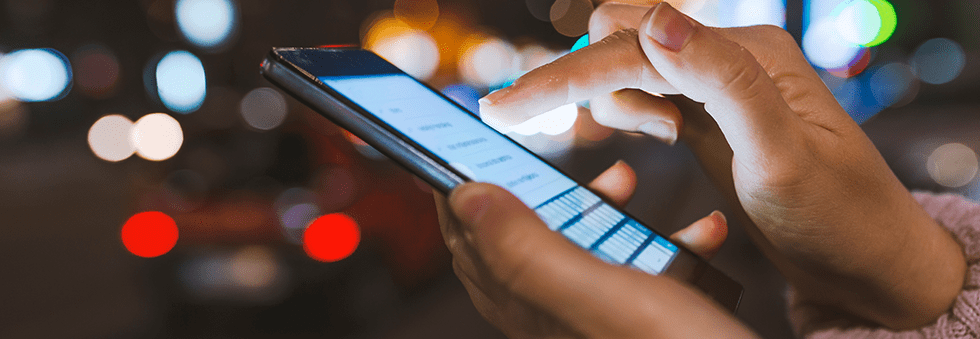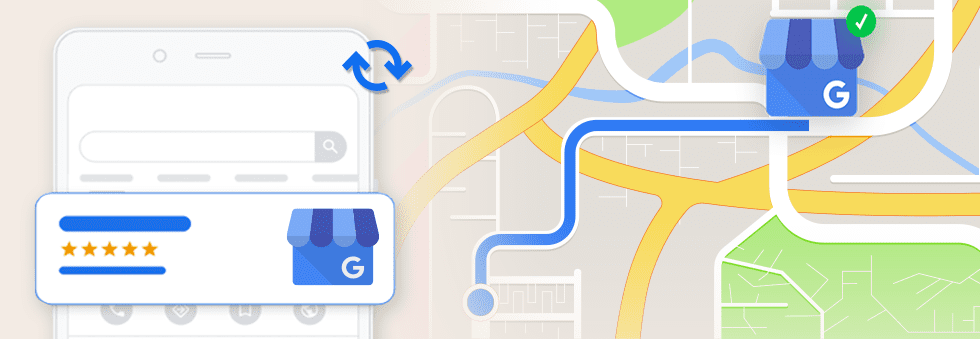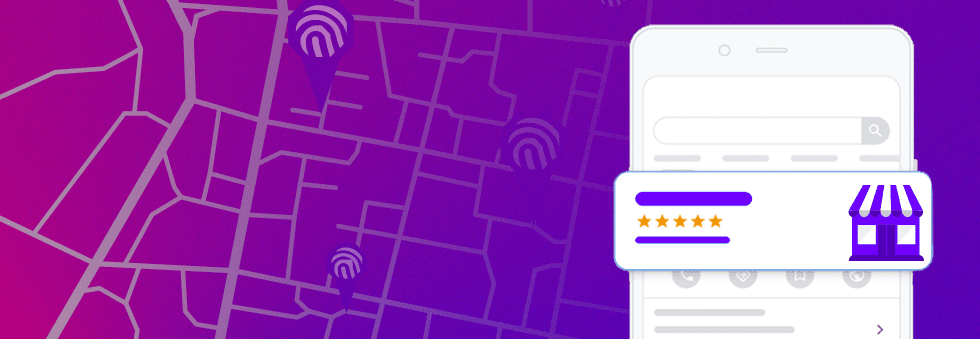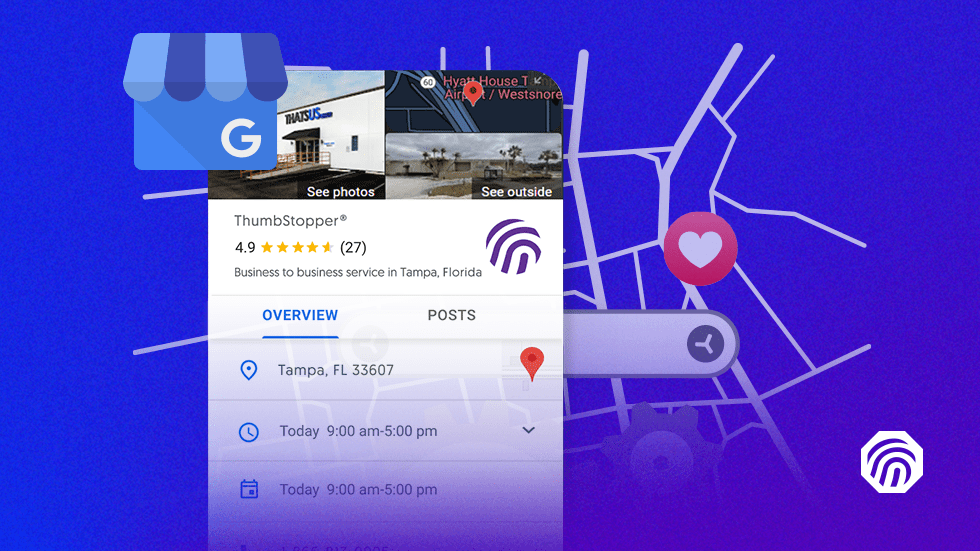If you’ve ever done a Google search for information about a business then you’ll be familiar with Google Business Profile. These profiles appear at the top of your search result page with all the information the searched business has added to Google like store hours, directions, products, contact information, and more. Contained in a box with user-friendly drop-down menus, a Google Business Profile (GBP) should tell customers everything they need, to decide which destination is going to get their business when making important purchases. It could make the difference between attracting new customers and losing their interest.
How Consumers Are Using Google

GBPs have become integral to businesses for a couple of reasons. First, Google is the world’s most popular search engine with 3.5 billion searches per day. It’s safe to say that the majority of consumers are finding information about your business through Google.
Another reason is that the implementation of business profiles has created a standard that helps users quickly recognize which businesses have what they’re looking for. Complete GBP listings – where the business has filled in all the information, added images, and responds to reviews – are 7x more likely to get clicks than incomplete profiles. Consumers appreciate having access to as much information as possible; listings with photos are 2x as likely to be considered reputable, ultimately resulting in those profiles receiving 35% more clicks. Consumers generally aren’t willing to spend time digging for information on businesses that don’t provide it in their profiles.
Additionally, search patterns have shifted as consumers rely more on mobile search. These are things people are looking for while they’re on the go, like the closest gas station or coffee shop. About 84% of searches are considered “discovery searches”, meaning that consumers are using search terms such as “near me” to organically discover local businesses. Consumers want to get information quickly to help them find the products they want, at a convenient location.
All of this is to say that a well-maintained GBP is an opportunity for businesses to make a strong first impression on potential consumers. The profiles most relevant to users’ searches organically appear at the top of the search result page. And since 90% of global users only interact with search results on the very first page, regularly updating the profile is essential to business visibility.
The Misconception

One of the most useful components of GBP is that you can sync your profile with Google Maps to make sure consumers organically discover your business when searching for relevant services nearby. It’s a user-friendly and highly recognizable aspect of a profile. This likely contributes to the misconception that GBP is only helpful for the owners of physical storefronts hoping to drive foot traffic. In reality, GBP is a tool for large brands, small retailers, and everyone in between to get in front of consumers with relevant products in a professional business listing.
A key benefit of GBP for brands and retailers alike is that it enables you to guide consumers through the “online browsing to in-store purchase” funnel. This common combination is the way that consumers want to shop in 2022. When asked, almost 75% of survey participants looked at products online before visiting a physical store to make their purchase. Consumers can look at products, decide what they want, and get directions to the store – all from a business’s completed Google Business Profile.
Brands in particular can benefit from GBP by using it to support their retailers. It’s a great way to let the local community know which retailers are official destinations for your products. By providing your retailers with high-quality content for their business profiles, they can reach your brands’ audience in their local communities. Plus, consistently posting to GBP helps retailers build credibility by engaging with consumers and improving their experience.
Reach Local Audiences with ThumbStopper

Although its purpose and format is different than more traditional social media platforms, GBP presents the same challenges and opportunities for brand-retailer collaboration:
- Retailers don’t have the resources or technical skills to maintain their social media accounts with high quality content
- Your brand is already dedicating a large budget towards producing marketing assets and multimedia content
- Retailers have cultivated local social media followings of consumers who are interested in your industry and products
Enabling your retailers to share your content is an ideal solution, but doing so manually is time-consuming and unrealistic. That’s why ThumbStopper empowers brands to distribute their content straight to retailers’ pages on various social and search platforms, including Google Business Profile. The eye-catching content your brand invests time and money into making, will help your retailers keep the attention of their local customers. Busy retailers can promote your brand on their business profiles just by opting in.
Book a demo to learn more about what ThumbStopper can do for you.




